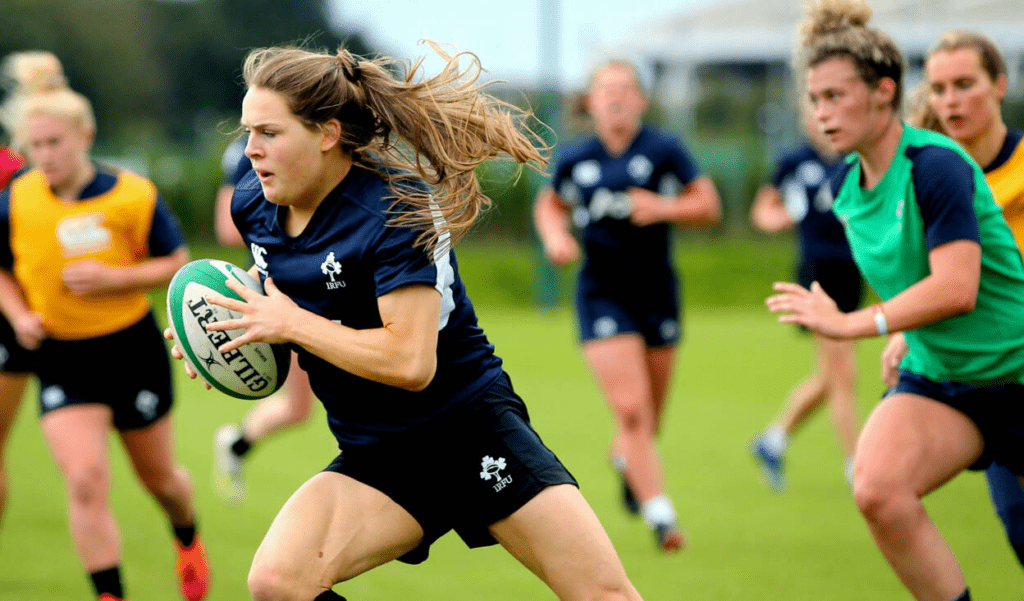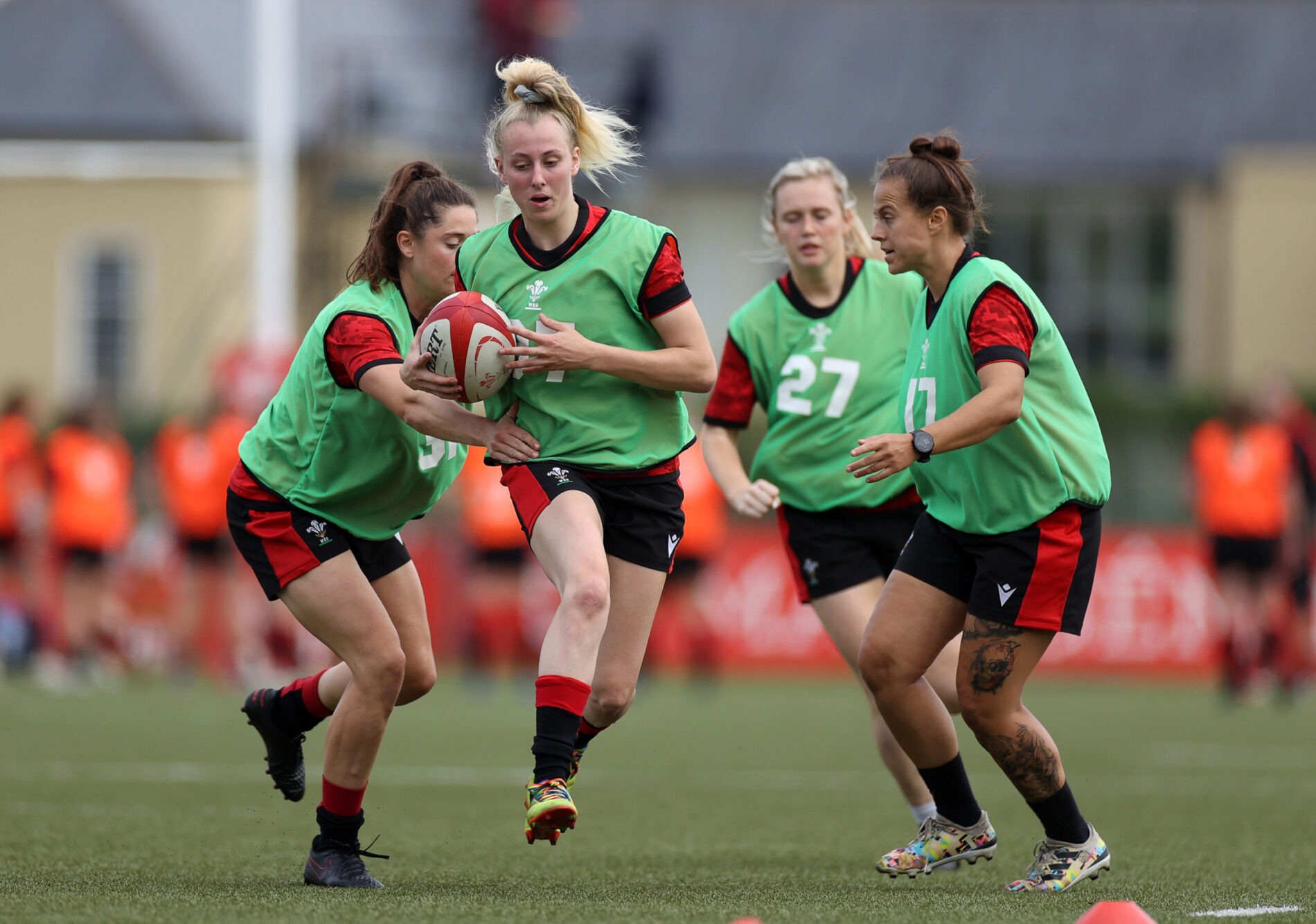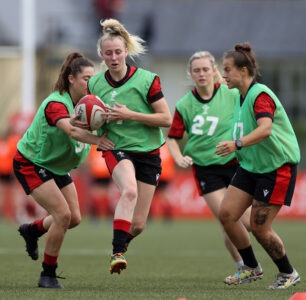Essence of the Captain’s Run
In the world of rugby, amidst the thunderous collisions and strategic maneuvers, there exists a ritual shrouded in tradition and significance — the Captain’s Run. This pre-match practice session, led by the team captain, serves as a final preparation before the battleground of the pitch. But what exactly is the Captain’s Run, and why does it hold such importance in the rugby landscape? In this exploration, we delve into the depths of this enigmatic ritual, uncovering its nuances and unraveling its impact on the game.
Origins and Evolution of the Captain’s Run
The origins of the Captain’s Run trace back to the heart of rugby culture. Initially conceived as a casual training session, it gradually evolved into a structured ritual, embodying the values of discipline, teamwork, and leadership. As the game progressed, coaches and players recognized the need for a dedicated session to fine-tune strategies, assess player fitness, and mentally prepare for the upcoming match. Today, the Captain’s Run stands as a culmination of centuries-old traditions and modern sporting methodologies, blending heritage with innovation.
The Anatomy of the Captain’s Run
At its core, the Captain’s Run is a tactical rehearsal, meticulously planned to address specific aspects of the game plan. The session typically takes place on the eve of a match, offering players a final opportunity to familiarize themselves with the playing conditions and refine their skills. Led by the captain and coaching staff, the session encompasses various drills, set-piece plays, and tactical simulations tailored to the opponent’s strengths and weaknesses. It serves as a bridge between physical preparation and mental readiness, ensuring that the team enters the field with confidence and clarity of purpose.

Strategic Importance and Psychological Impact
Beyond its practical benefits, the Captain’s Run holds immense strategic importance in the context of modern rugby. In an era characterized by meticulous game analysis and strategic innovation, every aspect of preparation counts. The session allows coaches to fine-tune their game plan based on last-minute insights and observations, adapting to any unforeseen challenges. Moreover, it fosters a sense of unity and camaraderie within the team, reinforcing the collective belief in their abilities. Psychologically, the ritual instills a sense of focus and determination, channeling the players’ energy towards a common goal.
The Role of the Captain: Leadership and Inspiration
Central to the Captain’s Run is the figure of the team captain, whose leadership prowess is put to the test both on and off the field. As the embodiment of the team’s values and aspirations, the captain plays a pivotal role in orchestrating the session and galvanizing the players. Their ability to communicate effectively, inspire confidence, and lead by example can make all the difference in the team’s performance. Through their actions and demeanor, captains set the tone for the entire squad, instilling a sense of belief and determination that transcends individual talent.
Enhancing Performance and Minimizing Risk
From a performance standpoint, the Captain’s Run serves as a final opportunity to address any lingering concerns and fine-tune strategic nuances. Coaches meticulously analyze player performance during the session, identifying areas for improvement and making last-minute adjustments to the game plan. Additionally, the session allows players to acclimatize to the playing conditions, whether it be the weather, pitch conditions, or crowd atmosphere. By minimizing uncertainties and maximizing preparedness, teams can enter the match with a heightened sense of confidence and control.

Cultural Significance and Fan Engagement
Beyond its technical aspects, the Captain’s Run holds immense cultural significance within the rugby community. For fans, it offers a rare glimpse behind the scenes, providing insights into the team’s preparation process and fostering a sense of connection with their favorite players. Many teams open their Captain’s Run sessions to the public, allowing supporters to witness firsthand the dedication and intensity that goes into preparing for a match. This interaction strengthens the bond between players and fans, creating a sense of unity and solidarity that transcends the boundaries of the pitch.
Captain’s Run
In the grand tapestry of rugby tradition, the Captain’s Run stands as a beacon of preparation, leadership, and unity. From its humble origins to its modern-day incarnation, this ritual embodies the essence of the sport, blending strategy with camaraderie, discipline with inspiration. As teams across the globe continue to embrace its significance, the Captain’s Run remains a testament to the timeless values that define rugby — teamwork, resilience, and the relentless pursuit of excellence. So, the next time you witness a team take to the pitch, remember the unseen hours of preparation that preceded it, and the captain who led them on this journey of determination and pride.

